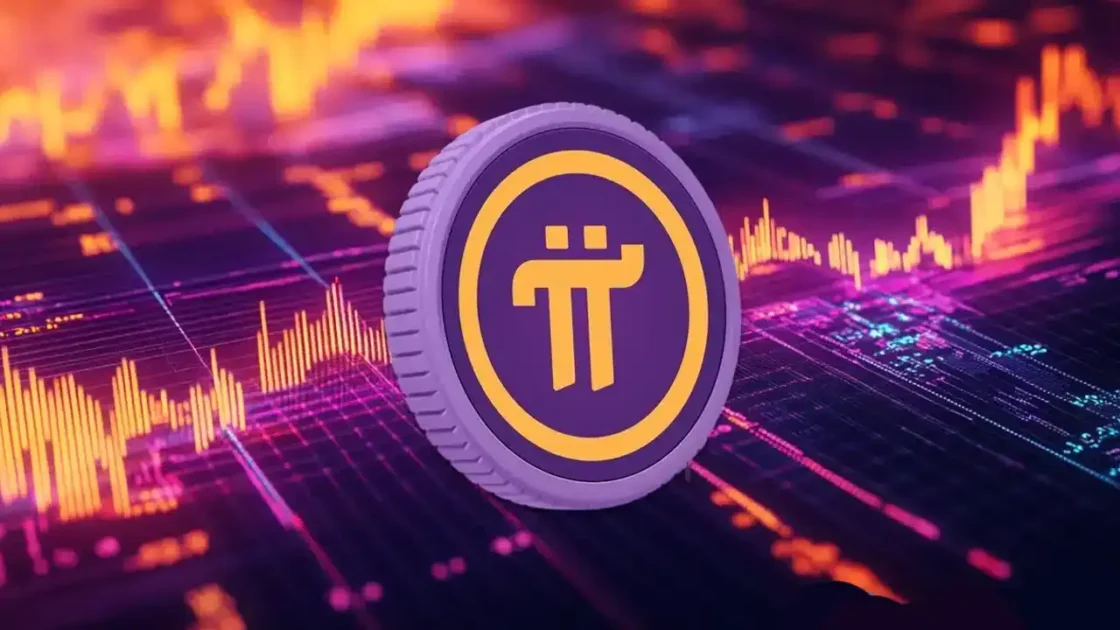The BRICS alliance—comprising Brazil, Russia, India, China, and South Africa—is seeing growing interest from additional countries eager to join, signaling a potential shift in global economic power as of March 8, 2025.
Following the bloc’s expansion in 2024, which added Egypt, Ethiopia, Iran, and the United Arab Emirates, over 40 nations have expressed interest in joining, according to reports from the 2023 Johannesburg summit and recent statements from South Africa, the 2023 summit chair. This surge in applications reflects BRICS’s appeal as a counterweight to Western-dominated financial systems, particularly amid U.S. President Donald Trump’s tariff threats and dollar-centric policies.
Why More Countries Want In on BRICS
The appeal of BRICS lies in its promise of an alternative to Western financial institutions like the IMF and World Bank, offering developing nations a voice in global economic decisions. Oil-heavy Saudi Arabia sees BRICS as a way to diversify its economic partnerships, while Ethiopia, one of Africa’s fastest-growing economies, hopes to attract investment and protect its interests. Bolivia and Argentina, under different political pressures, view membership as a hedge against U.S. sanctions or economic instability. This interest spiked after the 2023 summit, with over 20 countries formally applying, per the Council on Foreign Relations, though some, like Argentina under President Javier Milei, pulled back due to pro-West shifts.
China and Russia are driving this expansion, pushing for a BRICS currency to challenge the dollar, but India’s recent rejection of the idea—citing tensions with China—has created friction. Still, the bloc’s potential to facilitate trade in local currencies or digital assets, like cryptocurrencies, keeps nations interested, especially as Trump’s crypto-friendly policies, including a Bitcoin reserve, reshape global finance. For crypto investors, BRICS’s growth could influence digital asset adoption, but the bloc’s internal divisions might slow progress.





